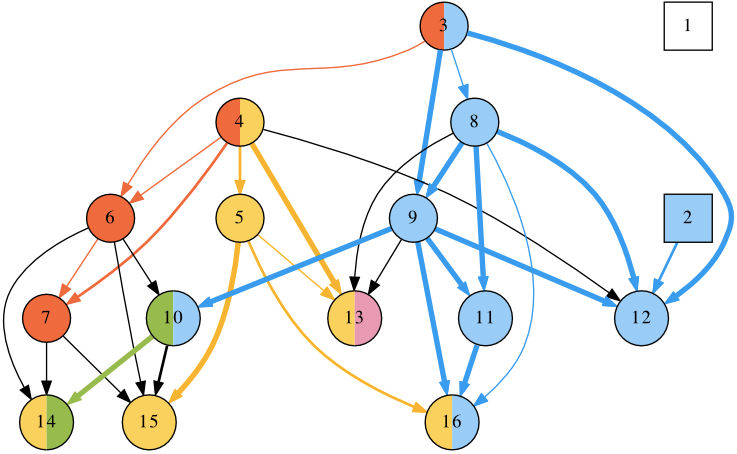The main audience of the book consists in graduate students in bioinformatics and in graduate students in computer science with a strong interest in molecular biology.
An idea of how the book could be used to organize a course, can be given by the following graduate-level, 7-week courses, delivered by the Department of Computer Science, University of Helsinki, in 2015 and 2016:
 Biological Sequence Analysis
Biological Sequence Analysis
 Project in Biological Sequence Analysis
Project in Biological Sequence Analysis
 Algorithms in Molecular Biology
Algorithms in Molecular Biology
 Project in Algorithms in Molecular Biology
Project in Algorithms in Molecular Biology
 Data Structures in Genome Analysis
Data Structures in Genome Analysis

The book could also be used as an introduction to biological sequence analysis and to high-throughput sequencing for the novice. Selected parts of the book could even be used in an introductory course in bioinformatics, however such basic topics were not chosen to cover the whole bioinformatics, but just to give the minimal foundations required to understand the more advanced concepts that appear in later chapters.